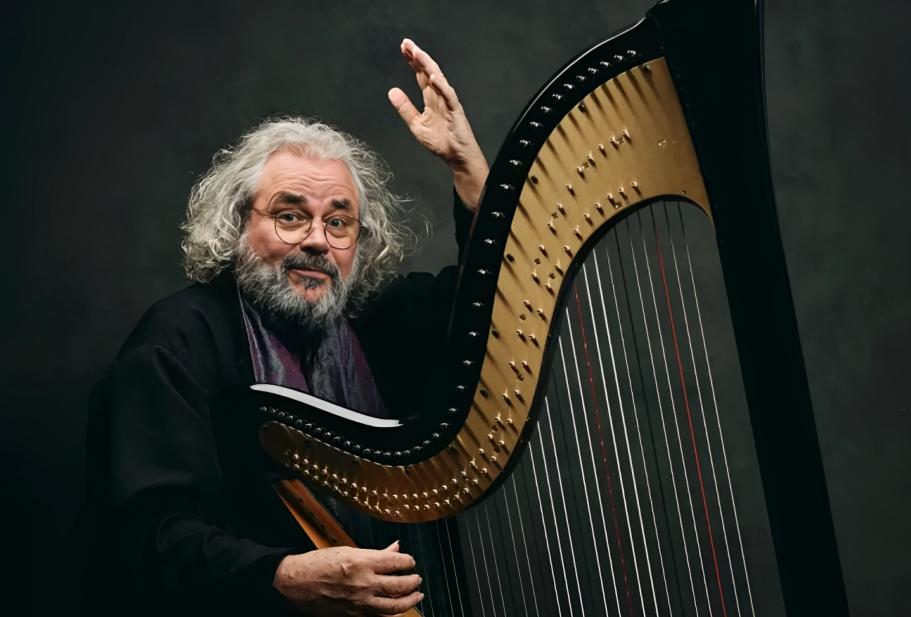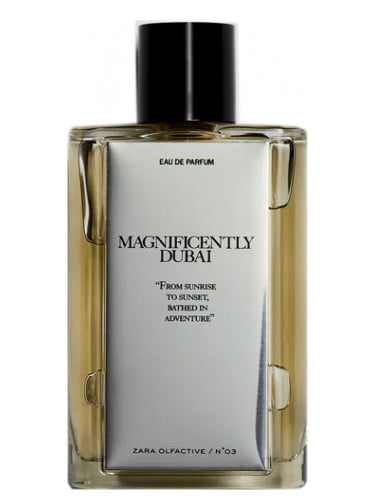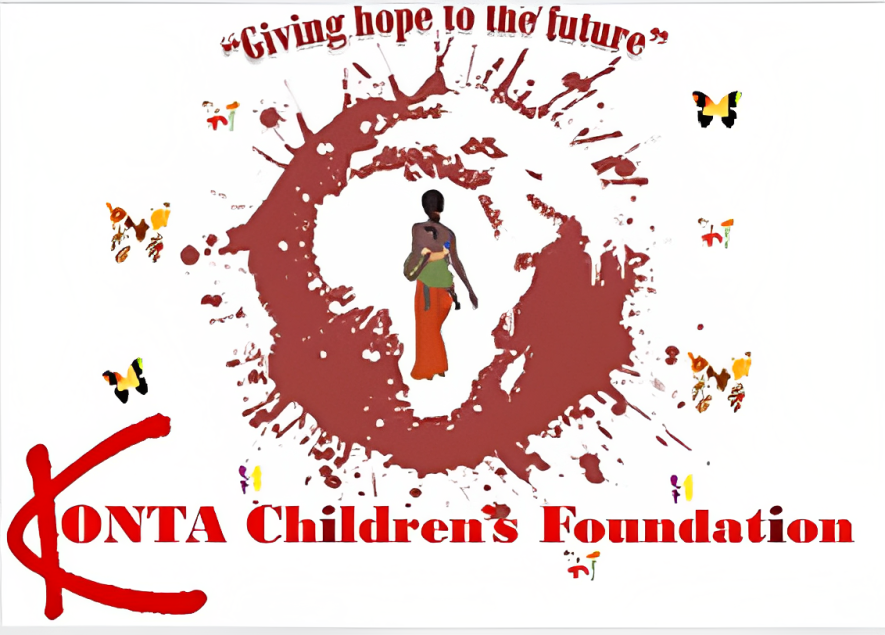ANDREAS VOLLENWEIDER

Andreas Vollenweider (born 4 October 1953) is a Swiss harpist. He is generally categorised as a new-age musician and uses a modified electroacoustic harp of his own design. He has worked with Bobby McFerrin, Carly Simon, Luciano Pavarotti and in 1987 received a Grammy Award for the album Down to the Moon. Vollenweider’s style has been described by The New York Times as “swirling atmospheric music, which evokes nature, magic and fairy tales”.
Vollenweider was born in Zürich, Switzerland, and is the son of Hans Vollenweider (1918–1993), an organist and composer, while his mother was a painter. In 1971, he married Beata, a kindergarten teacher, with whom he has two sons (Jonathan and Sebastian) and a daughter, Noëmi. In 1975, Vollenweider discovered the harp and, finding its traditional versions too limited for his own musical ideas, developed his own style, tailoring the instrument according to his needs. He created the electro-acoustic harp. He formed the trio Poesie und Musik together with Rene Bardet (bass) and Orlando Valentini (guitar), recording interpretations of the poetry of François Villon and Heinrich Heine, but left in 1978. During this period, Vollenweider also wrote music for film, mainly nature documentaries.
In 1979, he released his solo debut, Eine Art Suite in XIII Teilen in Switzerland. He subsequently began forming his ensemble “Andreas Vollenweider and Friends”, which included Walter Keiser (drums), Pedro Haldemann (percussion), Bobby Reveron (percussion), and Jon Otis (percussion). This five-piece debuted on July 11, 1981, at the Montreux Jazz Festival.
Vollenweider was discovered by the German record-producer and manager Vera Brandes, who oversaw the release of Behind the Gardens – Behind the Wall – Under the Tree. through her VeraBra Records. The album was distributed through CBS Records International and reached 32 in the German album charts in March 1982. The follow-up Caverna Magica was recorded in the period May–November 1982 while Vollenweider and his band performed around Europe. Released in January 1983, the album managed to reach 11 in the German album chart. In 1983, he underlined his commitment to environmental issues with the EP “Pace Verde” in support for Greenpeace, which was accompanied by a video that Vollenweider directed and produced himself. In October of that year he was awarded a Dutch Edison Award in the Instrumental category for Caverna Magica.
In 1984, the album White Winds entered the American billboard chart. Released through CBS Masterworks in North America, his records remained on catalogue, clocking up to six-figure sales. Vollenweider embarked on his first American tour in November of that year, making his debut at the Beacon Theatre, New York. It was presented by Carly Simon who had come across his music a year earlier. She explained that “I knew I had discovered something that was going to change me in a wonderful way, I became so obsessed with his music that anyone who came to my house was introduced to it within the first 10 or 15 minutes”. Through CBS she got in contact with the artist and arranged for his American debut. As his instrumental tracks were generally deemed unsuitable for radio, he largely relied on word-of-mouth in gathering an international following.
Vollenweider spent much of 1985 on tour, promoting the White Winds album with his five-piece band. The shows were described as a new age experience that combined the use of lights and dry ice while Vollenweider appeared as a “white-clad figure who’s poised to drive the audience wild with a harp”. In 1987, Down To The Moon, which had been originally recorded and released in 1984, received a Grammy Award. This was followed by tours in Canada, the United States, thirteen European countries, Japan, and Australia. When he composed the music of, and recorded, the dynamic album Dancing With The Lion in 1988 and 1989, Vollenweider opened his project, for the first time in his career, to numerous guests from a wide range of musical genres. He directed and produced two award-winning videos, one of which was for the title selection; for both videos, he contributed to the storyline, the choreography, and set/costume designs.
Vollenweider’s double album The Trilogy (1990), consisted of a selection of the first three albums (Behind The Gardens, Caverna Magica, and White Winds) and previously unreleased material. In 1991, he followed up with Book of Roses, which included symphonic orchestral elements for the first time. In 1992, he participated in a benefit show for Chernobyl’s children on Moscow’s Red Square. The same year, he won the World Music Award in Monaco. In 1993-94, he produced his first album including vocals. The 1993–94 album Eolian Minstrel featured contributions from American singers Carly Simon and Eliza Gilkyson. The release was followed by worldwide tours.
In 1994, he performed at the Pavarotti and Friends event in Modena, Italy, where he played duets with operatic lyric tenor Luciano Pavarotti (a native of Modena) and Canadian rock balladeer Bryan Adams. After conducting tours and open-air shows in Europe and the United States, in 1995 he played in Latin America for the first time. 1995–97 saw Vollenweider playing a series of shows in remarkable locations: a tour of Polish castles, a show with Italian singer/songwriter Zucchero at the 2500 m high location (at -8°C) of Brunico in the Southern Alps, and in a giant volcanic cave at Lanzarote’s Festival Musica Visual.
In 1998, Vollenweider began the recording of Kryptos, a work for symphonic orchestras and guest virtuosos from all over the world. He initiated a symphonic live project which he called Wolkenstein. In 1999, he returned to free improvisation and intimate musical dialogues with his album COSMOPOLY He invited friends, including American vocal acrobat Bobby McFerrin, Brazilian cult poet and singer Milton Nascimento, South-African ethno-jazz pianist Abdullah Ibrahim, the 74-year-old Armenian duduk legend Djivan Gasparyan, Galician bag-pipe and whistle virtuoso Carlos Núñez Muñoz, the American singer-songwriter Carly Simon, and American blues-trombone master Ray Anderson, from all over the globe to create “world music”.













